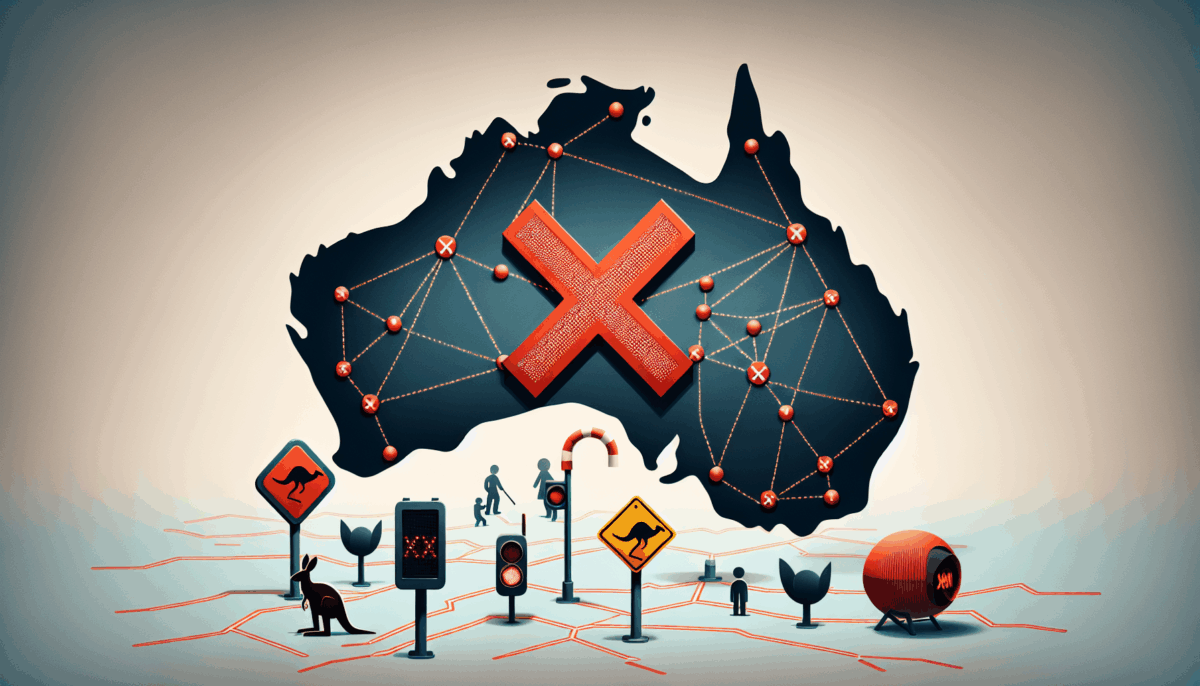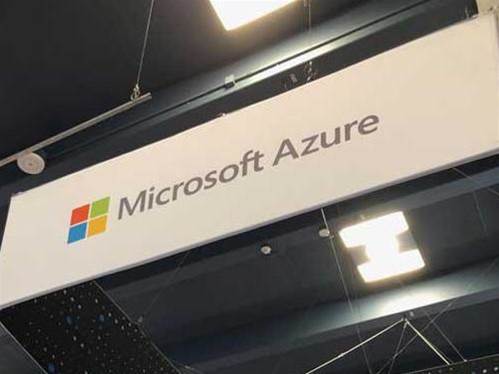Tesla’s Full Self-Driving Launches on Australian Roads Today for HW4 Vehicles with A$149/Month Subscription Availability
We independently review everything we recommend. When you buy through our links, we may earn a commission which is paid directly to our Australia-based writers, editors, and support staff. Thank you for your support!
Quick Overview
- Tesla’s Full Self-Driving (Supervised) is now accessible in Australia and New Zealand.
- Compatible with Model 3 and Model Y vehicles featuring HW4.
- OTA software upgrade is priced at A$10,100 or A$149/month subscription fee.
- FSD (Supervised) necessitates active driver oversight and is not entirely autonomous.
- The subscription model provides flexibility for users who may find the upfront cost challenging.
- Improper use may result in temporary suspension of FSD functionalities.
Tesla’s Pioneering Move in Australia
Tesla’s Full Self-Driving (Supervised) has been officially launched in Australia and New Zealand, delivering a transformative driving experience for Model 3 and Model Y owners with HW4 hardware. This is a major achievement, making Australia the inaugural right-hand drive market to access this innovative technology.

Enhanced Features and Functions
The Full Self-Driving (Supervised) feature upgrades Tesla’s current Autopilot by facilitating automatic signaling, navigating city turns, managing complex roundabouts, and operating on unmarked roads. The system employs Tesla Vision, utilizing a cutting-edge array of cameras and neural network processing to make driving safer and less stressful.
Launch Information
After a media unveiling, FSD (Supervised) can be obtained as a paid OTA software upgrade. Eligible Tesla owners can activate the feature through a WiFi-accessible update. Though the specific build version for customer vehicles is not confirmed, Tesla assures a smooth experience for those with Full Self-Driving Capability.
Cost and Subscription Option
FSD (Supervised) can be acquired outright for A$10,100, but Tesla has rolled out a more budget-friendly subscription model at A$149 per month. This adaptable option allows users to subscribe to FSD on a month-by-month basis, appealing to those who may only require it occasionally, such as when traveling.
Usage Guidelines and Suspension
Drivers should be aware that FSD (Supervised) is not entirely autonomous and requires ongoing supervision. Misuse, such as lack of attention, can result in temporary suspension after five “strikes.” The in-cabin camera tracks driver attentiveness to ensure safety and adherence to Tesla’s regulations.
Overall Effect
This announcement is groundbreaking for Australian Tesla owners who have eagerly anticipated this technology. While not flawless, it signifies a noteworthy step forward in driver assistance, enhancing the driving experience and road safety. Tesla’s dedication to innovation continues to establish new benchmarks in the automotive sector.
Recap
Tesla’s Full Self-Driving (Supervised) has landed in Australia and New Zealand, providing sophisticated driver assistance functionalities for Model 3 and Model Y owners. With adaptable pricing structures and a focus on safety, it represents a crucial advance in automotive technology, even though it requires active supervision from drivers.












